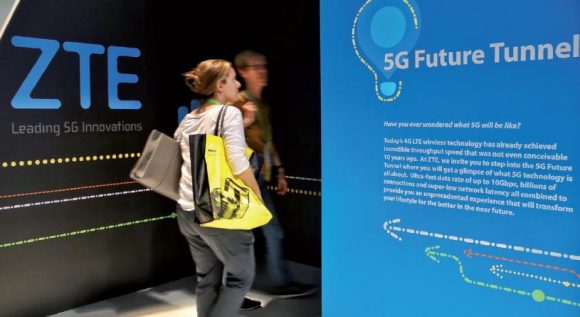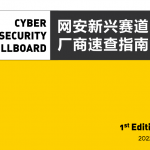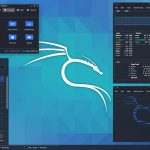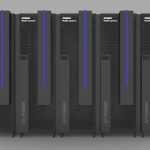5G without USA: yes we can!
- 作者: Jean-Paul Smets
- 2018年08月18日
- 观点

Photo Credit:JUDY ZHU / CHINA DAILY
European technology suppliers combined with Shenzen ecosystem of small and medium businesses can provide everything that is needed to create latest generation 4G and 5G virtual radio access network (VRAN) infrastructure without depending on USA suppliers and at a fraction of the cost of traditional approaches of the four dominant telecom infrastructure providers.
American companies have been forbidden to supply components to ZTE, especially in areas related to 4G and 5G infrastructure. Rather than slowing down the industry, this commercial incident could accelerate the adoption of a new technology for 4G and 5G mobile infrastructure: virtual radio access networks (VRAN).
Traditional 4G and 5G infrastructure depends on electronic components, some of which can only be sourced in the USA. However, a European company called Amarisoft was able recently to replace most of those components with pure software that runs on a generic PC rather than on specialised hardware. Amarisoft was able to emulate the entire 4G and 5G protocols including the physical radio (PHY) using a standard micro-processor. Emulated protocols include recent 5G NR protocol, carrier aggregation over 1 Gbps, 8×8 MIMO, eNodeB, core network, etc. Initial benchmarks even show better performance than traditional hardware based solutions that are currently deployed by telecommunication operators, at a cost which is 5 to 10 times cheaper.
By combining standard PC, remote radio unit (RRU), Amarisoft licensed code and open source network management system (NMS), anyone could potentially provide telecom infrastructure at a fraction of current typical costs, with no dependency to american suppliers. Companies such as AW2S (France) can provide open standard RRU designs. Similar designs are also available from Chinese suppliers. Transistors are usually sourced from NXP (Netherlands) which merger with Qualcomm has been de facto cancelled by Chinese government. Inspur (China) has a complete range of PC designs based on open standards.
Overall, nothing would actually prevent a company such as ZTE to drop current suppliers from USA and adopt VRAN technology instead based on a combination of European and Chinese suppliers. Although some industry experts initially had doubts about the possibility to emulate 4G or 5G entirely with software, various field tests conducted in various countries in Europe and America demonstrated that VRAN… works better for cheaper. The article published in 2017 by Iain Morris “Startup Could Replace Ericsson, Says Orange” was the first sign of industry acceptance of VRAN and software defined radio (SDR) for 4G and 5G.
Yet, some components of Amarisoft VRAN ecosystem are still sourced in the USA:
- Intel micro-processors used to run Amarisoft software;
- FPGA (Altera, Xilinx, Lattice, etc.) used by most RRU vendors;
- analog-digital converters provided by Analog Device.
Replacing those components with other sources is not a big challenge. Amarisoft stack could be easily ported to ARM architecture, Sunway or – even better – to the recent open instruction architecture RISC-V. For example, the cost of turning RISC-V design into an actual product is only between 40 and 80 million RMB. Many companies in China that produce hardware for government could easily bear that cost.
FPGA used in RRU could be replaced in a first step by ASIC. ASIC can be developed very quickly nowadays by companies such as Zoro (Israel) or in Shenzen area using software simulation. Using ASIC would buy time to prepare an alternative to current FPGA vendors in a second step and break the current dependency to USA on this particular component.
About high performance analog-digital converters, some are already produced in Europe for specific applications. Larger orders could lower their cost down to a level comparable to Analog Device.
Decisions to ban exports rarely produce expected results. Shortly after China decided to ban exports of rare earths to USA and Japan, Japan was pushed to search for an alternative supplier and discovered a semi-infinite’ trove of rare-earth metals which means that China no longer controls 93-97% of the market. The US decision to ban exports to ZTE may also push China to adopt alternate suppliers and technologies which will eventually stop the world’s current dependency on key american suppliers in a context of increasingly unstable international commercial relations.
第一时间获取面向IT决策者的独家深度资讯,敬请关注IT经理网微信号:ctociocom

除非注明,本站文章均为原创或编译,未经许可严禁转载。
相关文章:














